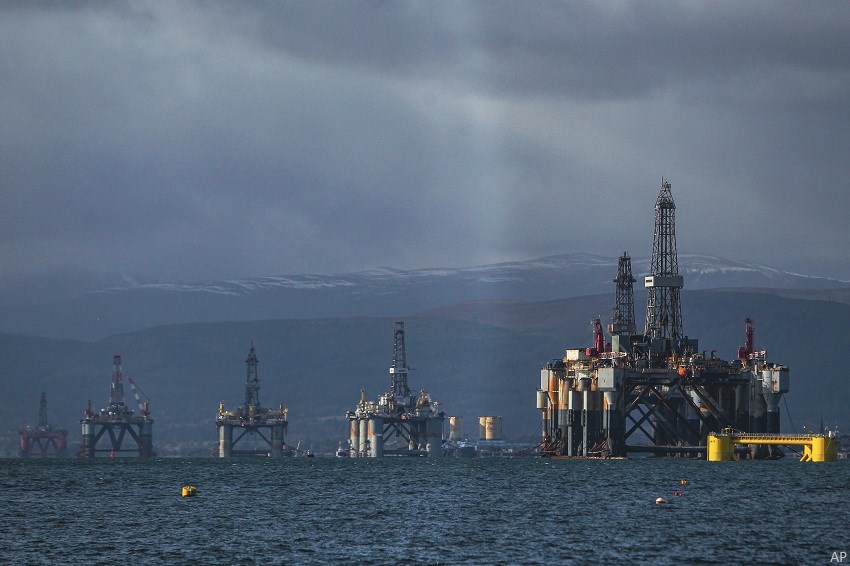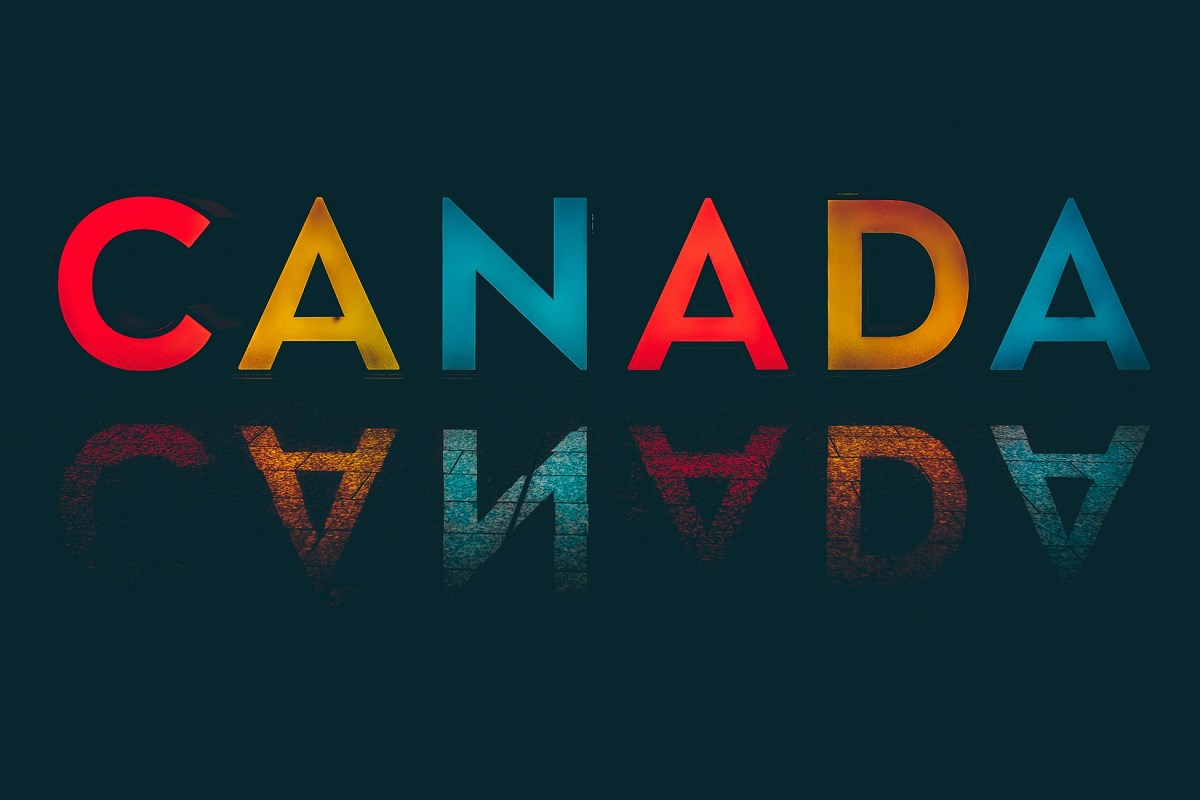
Despite the transition in the cyclical energy space, veteran manager, Brahm Spilfogel, continues to see strong opportunities ahead for his RBC Canadian Small & Mid-Cap Resources mandate.
“As money managers around the world have shunned the industry globally,” says Spilfogel, “you have this disinvestment theme. So with underinvestment, lack of investors, the valuations of these companies, particularly in the exploration and production (E&P), are the best I’ve ever seen and probably will remain huge cash flow generators for a long time to come.”
Spilfogel is vice president and senior portfolio manager, Canadian and Global equities, at RBC Global Asset Management Inc. in Toronto. The silver-rated fund is co-managed by Chris Beer.
Invest in the Transition
The two sectors, energy and materials, are highly affected by energy transition and oil is probably going to be phased out over time, it’s just a question of how long will it take, says Spilfogel. And there are opportunities in the meantime.
For example, there’s transition energy and the new technology that is required in the energy business to get to carbon neutrality over the next 30 years. Then there’s going to be metals that are going to benefit on the materials side, such as nickel, lithium and copper, as we transition to electric vehicles and other initiatives.
Thematically as well, over the longer term, areas such as mining, forest products, and chemicals are viewed as really interesting places for opportunities and valuations are good.
A Balance with the Benchmark
“I’m a pretty conservative person in a very volatile industry,” says Spilfogel, who draws on two decades of experience. He considers his style very flexible but highly sensitive to the benchmark to mitigate risk and capture gains during bull or bear market scenarios. “It’s very important to keep moving the investments to overweight or underweight positions because that’s how you add value over time.” Currently, the fund, with approximately 36 holdings, is weighted 51% in energy and 47% in basic materials.
The blended index is the Small & Mid-Cap TSX E&P producers, excluding pipelines and refining, and on the materials side, S&P Materials, excluding gold and precious metals.
There are no minimum or maximum constraints in energy or materials but the weightings will rarely go plus or minus 10% from the major benchmarks.
Spilfogel says the portfolio ends up looking more like stock selection rather than industry/sector weightings, using an actively-managed bottom-up approach. Overall, the stock criteria seek companies with high-quality assets that can grow their cash flows in a commodity environment.
The deep research involved requires continuous fundamental analysis of the multiple nuances among the subsectors and industries. The broad team includes the expertise of specialized portfolio managers and analysts.
ESG Expectations with Small and Mid-Caps
There’s a big ESG component in the mandate that’s focused more on energy and the environment than board of director governance. According to Spilfogel, the skill set for many new companies in both sectors requires treating the environment as best as they can and respecting international environmental standards. “For example,” says Spilfogel, “when investing in a lithium company, we want to make sure they follow the best environmental social standards when they do the mining.”
When it comes to governance on the boards of small and mid-size companies, they are more like small entrepreneurial companies in nature. As the companies become more successful and more skills are required, Spilfogel says the management teams often change or need to change, as do the board of directors.
Favoured Stocks
Among the top holdings, Calgary-based ARC Resources Ltd. (ARX), and Tourmaline Oil Corp. (TOU), are examples of companies in the energy transition. “They have good management teams,” says Spilfogel, “a good culture, a very long resource life, and they have relatively low-cost production.” Because these industries are being shunned, their valuations are favourable. “When you have long-life resources at low valuations, you may get extraordinary rates of return when things go up, which is kind of what’s going on right now.” We are going to need natural gas until we develop enough skills in battery storage, so it’s a good place to be for a couple of decades, he adds.
Ivanhoe Mines Ltd., located in the Congo, is also among the top holdings. “The asset is copper,” says Spilfogel, “and copper is going to be a long-term beneficiary of this energy transition, whether it be in wires, cars or in windmills.” The company represents the highest grade copper mines in the world in the first phase of production, and they are in the process of doubling or tripling the production over the next five years.
In positioning the fund to mitigate risk, the mandate may have a higher turnover than some other funds, but there’s an emphasis to capture the gains when they occur. “It’s also very important that we have cash when we think things are going down,” says Spilfogel, “and go into a more defensive position, which is what we did in 2010.”





















